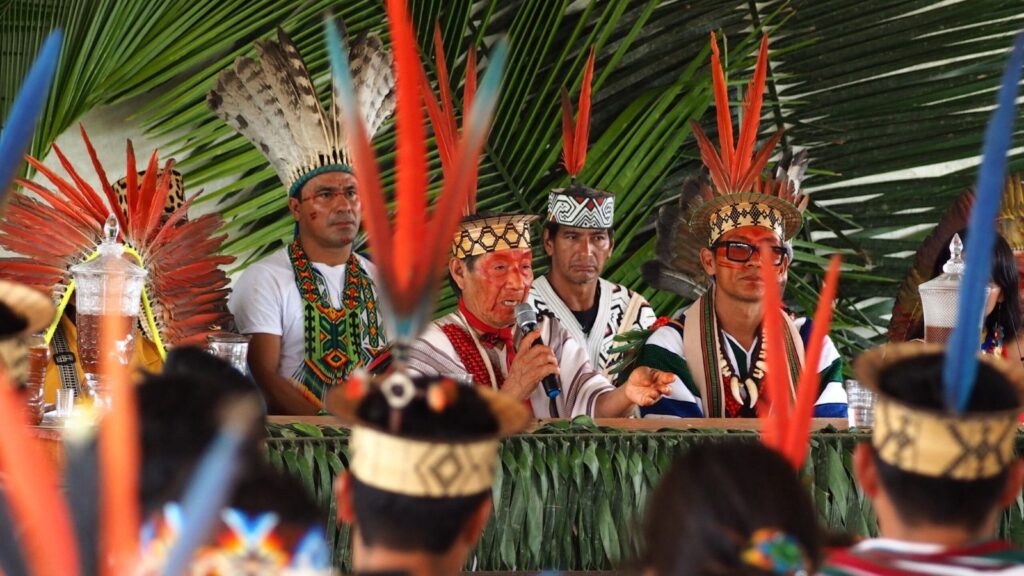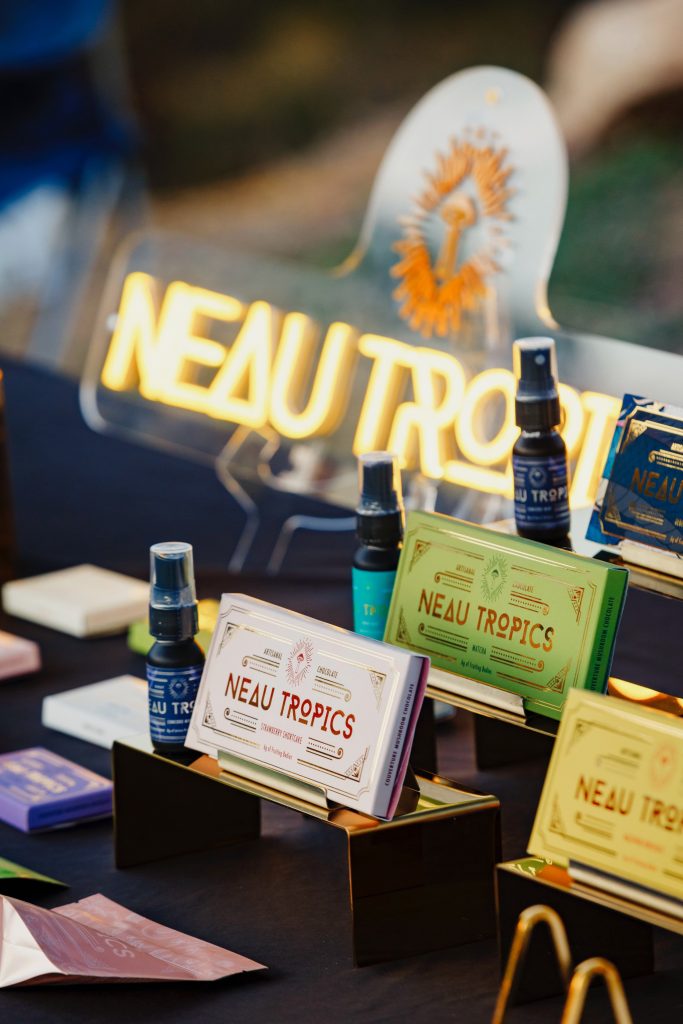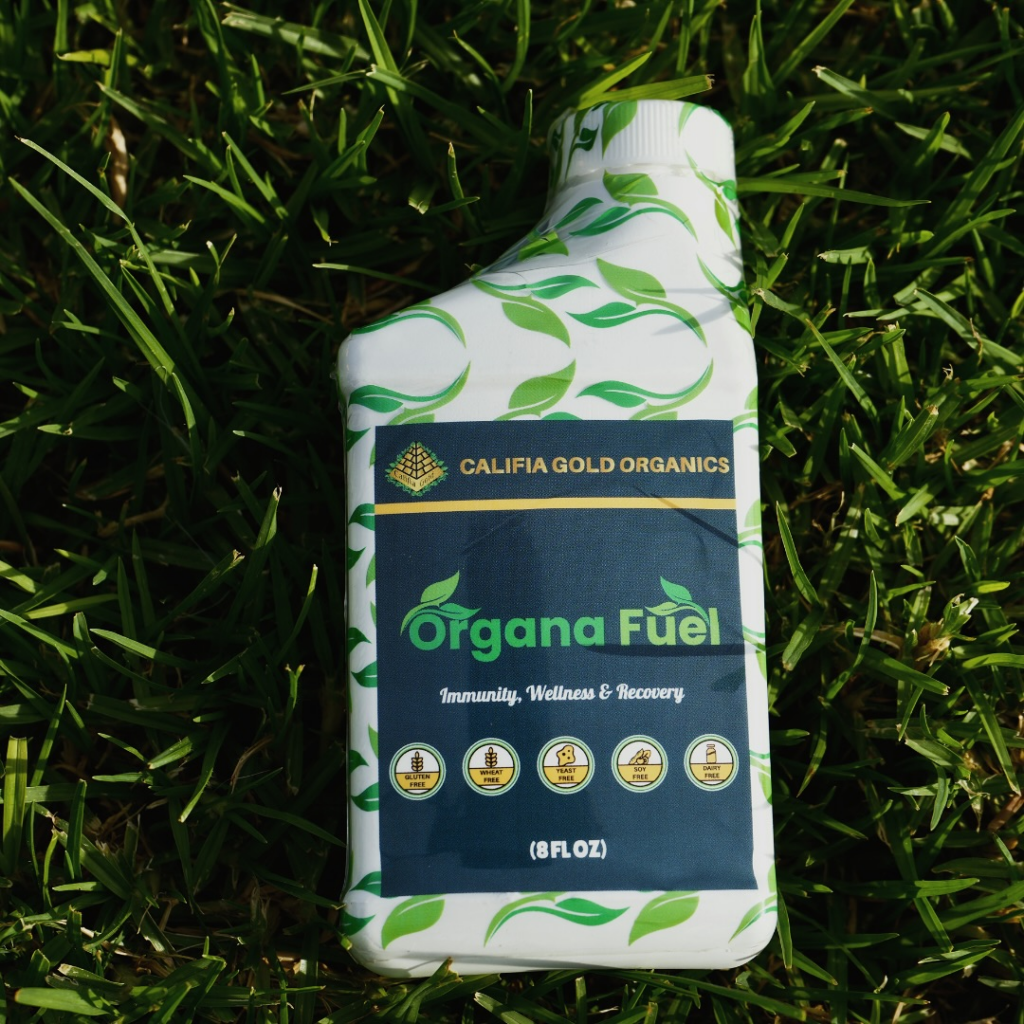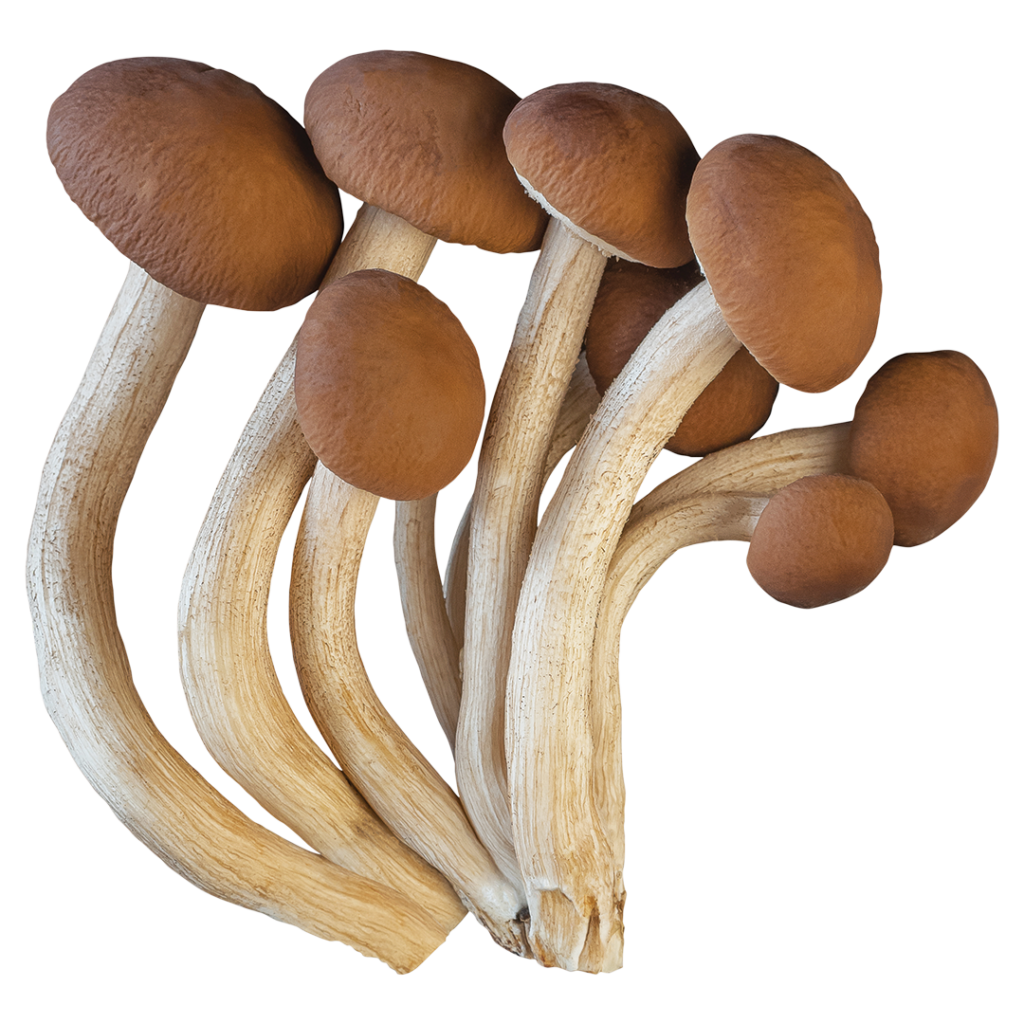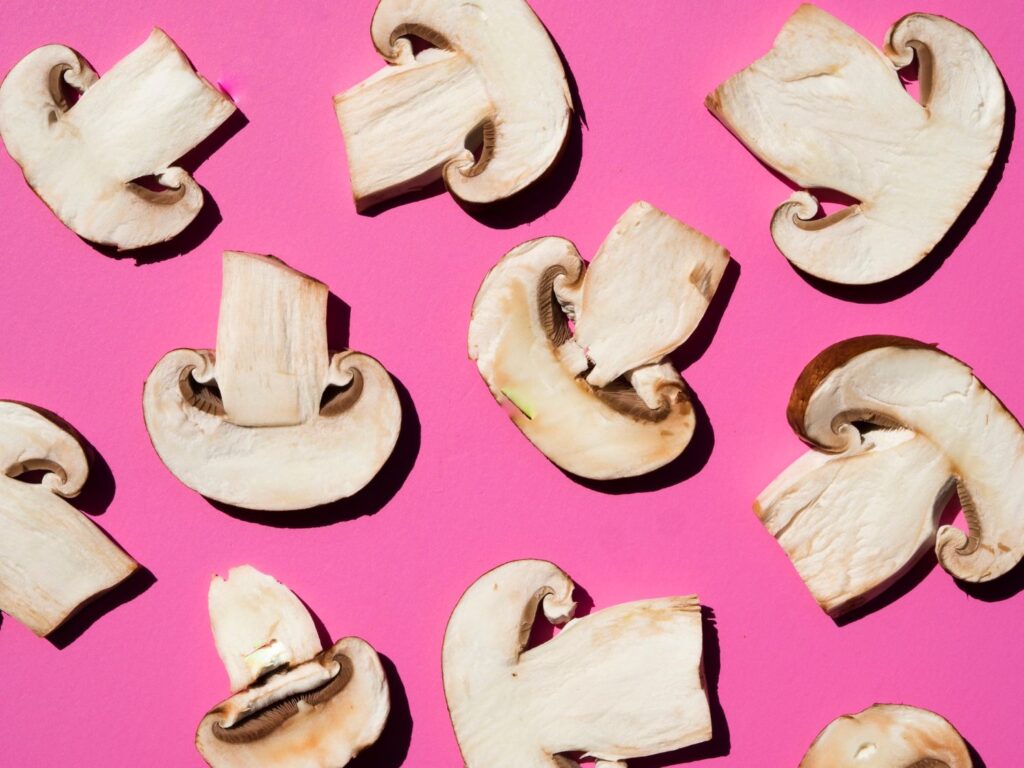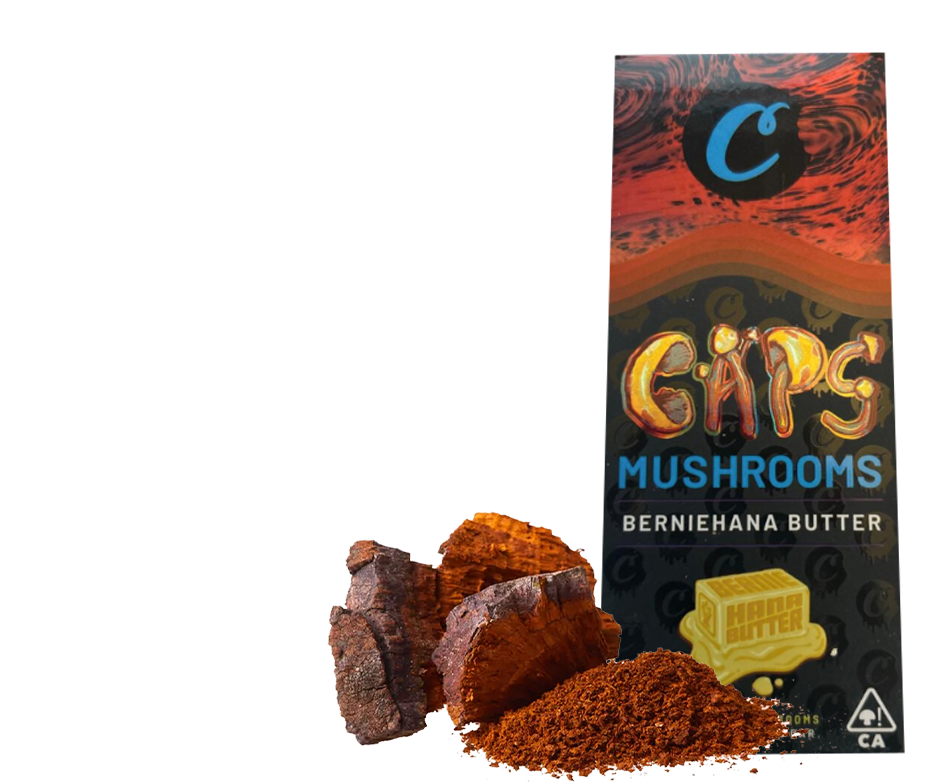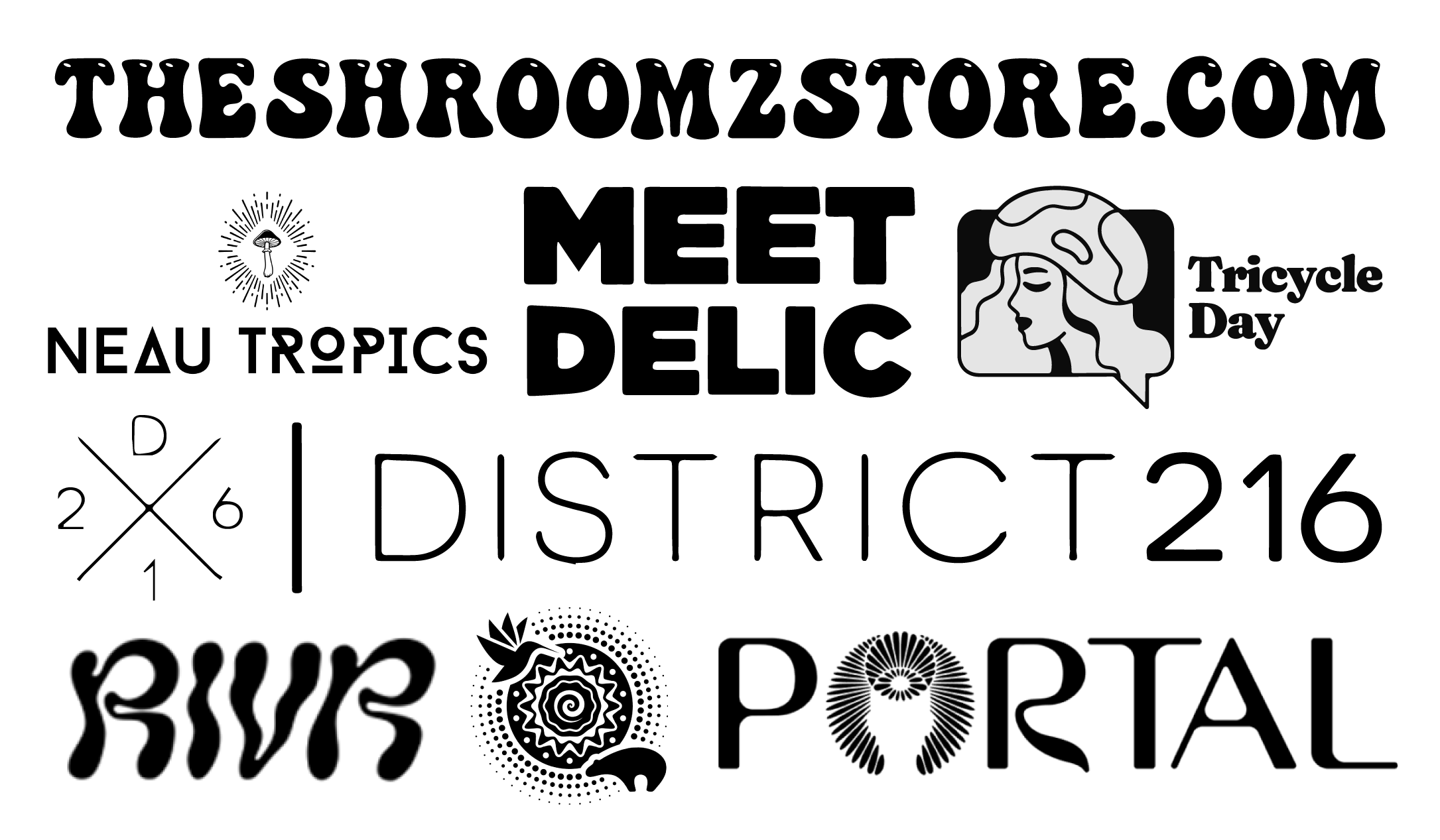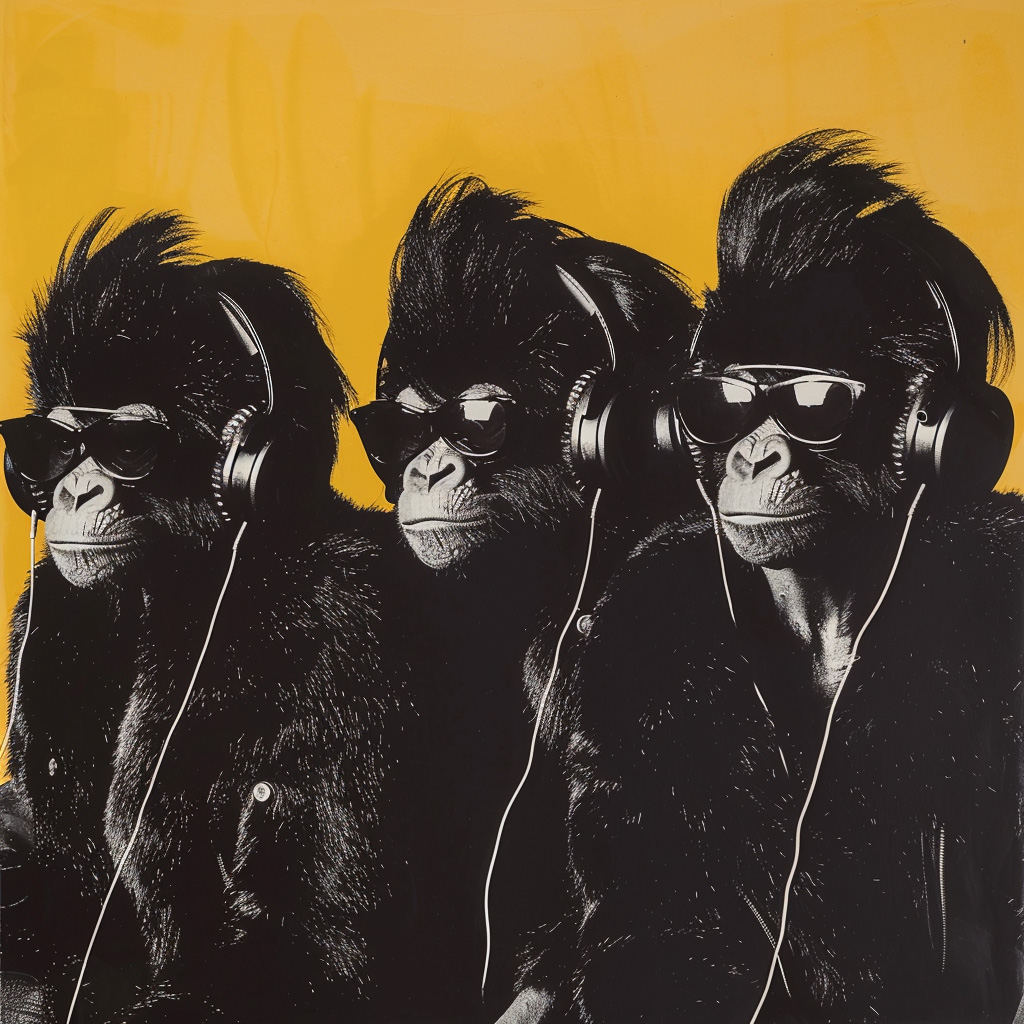The return flight from Switzerland was a mix of hope and solemnity for Rick Doblin, the only American to attend the funeral of Dr. Albert Hofmann, the inventor of LSD who had just died at the age of 102. Doblin founded the Multidisciplinary Association for Psychedelic Studies (M.A.P.S.), an organization that conducts legal research into the healing and spiritual potentials of psychedelics and marijuana. He had spent his entire career trying to break through the virtually impenetrable wall of obstinacy that surrounds psychedelic compounds and their potential benefits to society.
More than anyone else in his field Doblin, who holds a public policy Doctorate from Harvard, is all-too familiar with what he refers to as the “40-year long bad trip” researchers like him have faced dealing with the fallout from the introduction of LSD and other psychedelic compounds to the Western psyche. This forty-year intellectual Dark Age, Doblin asserts, has been characterized by “enormous fear and misinformation and a vested interest in exaggerated stories about drugs to keep prohibition alive.”
We’ve all heard the tales of kids jumping off of rooftops because they “thought they could fly.” Of otherwise normal people taking a single hit of LSD and “going insane.” And of course the all-pervasive myth of the “acid flashback.” Most of the tales are apocryphal at best, and more often than not intentional propaganda meant to discourage use. Although there were certainly acid casualties, most were rare, aberrant tragedies, which often involved other substances as well. By and large the biggest freak-outs were individuals with pre-existing mental health conditions who never should have taken LSD in the first place.
Why, you ask? Why would our government embark on what amounts to a forty-year Inquisition to burn the psychedelic prophets at the stake and wipe clean from the earth the true history of psychedelic culture, as if it was the secret of the Holy Grail and the Merovingian dynasty? Why has the psychedelic revolution of the 1960s–one of the most powerful revolutions in human consciousness in all of history–been reduced to pejorative tales of tie-dyed morons skipping through Golden Gate Park in a orgy of self-indulgence? Why would something that the government claims does not deserve respectable attention be the recipient of such Draconian repressive measures? Could it be because, like the secret of Mary Magdalene, the truth let loose might bring the whole order crashing down?
The answer, my friend, blew away in the wind. The extent to which LSD fomented the cultural revolution of the 1960s has all but disappeared in a miasma of drug war propaganda. But do not be fooled. This was no hippie-dippy bullshit. In its time, LSD was more dangerous to the ruling order than Mao, Che, or the Founding Fathers themselves. As the New York Times obituary for Hofmann read, “[LSD] was no hustler from a shotgun lab in Tijuana, after all, but a bourgeois revolutionary, born into establishment medicine and able to travel the world and enter societies from the top down, through their most hallowed institutions.”
The US Government threw everything but the kitchen sink at getting (certain) Americans to stop “turning on,” launching the Drug War that eventually locked up millions of drug offenders. They handed down ridiculously disproportionate Federal sentences to LSD makers that would have made Pablo Escobar commit suicide. But it wasn’t the “turning on” part that they feared–for there are many benefits to having a population otherwise occupied in a false reality. No, it was the “tuning in” and “dropping out” part that kept them awake at night.
Although it may be difficult for the uninitiated to understand this at face value, LSD and other psychedelic compounds have a profound life-altering affect on the user that, more often than not, serves to connect them (or reconnect, as the case may be) to the universal compassion and love for life that is inherent in our species. It invariably causes them to question the validity of the status quo, to examine their life and what surrounds them in terms of beliefs and values.
And in this epoch of industrial civilization, the last thing a corporate culture that survives on war, aggression, and consumer spending needs is a consciously awakened population who inexorably choose to leave said culture in droves because they see it is killing the planet, themselves, and each other. This is precisely, to the letter, the meaning of “Turn On, Tune In, Drop Out.”
But even for those who would call this hyperbole, what was lost in all the derision and urban myths about LSD and other psychedelic compounds like Ayahuasca, peyote, psilocybin, and iboga –ancient plant medicines thousands of years old –was the fact that they are miraculously powerful medicines, with the ability to effectively treat and in some cases cure some of the most debilitating illnesses and disorders plaguing humanity like addiction, obsessive-compulsive disorder, Post-Traumatic Stress Disorder, migraine and cluster headaches, and end-of-life care for the sick and dying.
Something with such legitimate potential to heal can only be kept in the bottle for so long. Rick Doblin will be the first to tell you that times are most definitely changing, driven by too much government repression, too much scientific orthodoxy, and, perhaps more than any other factor, our culture’s desperate need to learn how to handle what he calls our “collective emotional state.”
“We talk about veterans suffering PTSD, but it’s really a culture-wide phenomenon. We’re at a place where technology and the structure of contemporary life has taken us so far away from our emotions as to create pathological conditions. The systemic violence, selfishness and greed that is in our society needs treatment.”
Doblin was one of the first to break through that wall of obstinacy and challenge the Inquisition. He got the US government to approve clinical trials of MDMA (“ecstasy”)-assisted therapy for returning veterans and victims of violent crime or abuse who suffer from Post-Traumatic Stress Disorder (PTSD). In many ways it was this Newtonian break through that finally challenged the orthodoxy that reigned over the forty-year Dark Age. Western governments had to ask themselves what was more important to them: their irrational drug propaganda, or the possibility that millions of the lives they devastated by war, violence and iniquitous economic policies might actually be repaired. In this, the seeds of a psychedelic renaissance were planted.
A Return to Respectability
Much greater than usual media attention accompanied the most recent World Psychedelic Forum held last March in Basel, Switzerland, the home of Albert Hofmann. A headline in the May issue of the staid British medical journal The Lancet read, “Research on Psychedelics Moves into the Mainstream.”
The Lancet article identified a number of early-stage clinical trials being conducted on various “anxiety and neurotic disorders” using psychedelic compounds. As previously mentioned, Doblin and MAPS are conducting three parallel Ecstasy/PTSD studies in Israel, Switzerland, and the US.
MAPS is also funding the cluster headache research of controversial Harvard researcher John Halpern and his Yale counterpart, Andrew Sewell. They created clusterbusters.com to study and survey people who are using psilocybin and LSD as treatments for cluster headaches. They posted a survey on Erowid, an online clearing house for safe and reliable information on virtually every psychoactive plant and chemical known to man.
Halpern is renown for his groundbreaking study of religious peyote use by Native Americans and an FDA-approved Harvard study into the effects of MDMA therapy on dying cancer patients. He’s also forever dogged by his decision to become a DEA informant, a saga you can read about in an elegant piece by Erik Davis, but which is not germane to this story. What is germane is that Halpern has Harvard’s ear. In the place where the last legal research on LSD was conducted in the mid-1960s, and all the “Turn On, Tune In, Drop Out” madness began with Timothy Leary, Ralph Metzner and Richard Alpert (now Ram Das), they are once again considering clinical trials to support Halpern’s research, pending FDA approval.
It may be just around the corner. On May 13th of this year Swiss doctor Peter Gasser administered the first legal dose of LSD in over 36 years. It was for a study of anxiety in “palliative care,” which helps terminally ill patients transition more peacefully into death.
Other complexes like addiction and obsessive-compulsive disorder are being treated with what are called the “shamanic plant medicines”: the Amazonian vine preparation Ayahuasca, whose psychoactive component is Dimethyltryptamine (DMT); the North American cactus Peyote, whose psychoactive component is mescaline; and Iboga, an African rainforest shrub.
What’s ironic about this “revelation” is that all three compounds have been used as traditional medicine by indigenous peoples for thousands of years. Ayahuasca and Peyote have been used to treat toothaches, pain in childbirth, fever, breast pain, skin diseases, rheumatism, diabetes, colds, blindness, parasites, and more. They have also been used as spiritual medicines to cure emotional disorders. Native Americans use peyote to treat the astronomical rates of alcoholism and addiction found on the reservations, with reportedly great success, although hard figures are difficult to obtain due to the legal protections given to the Native American Church, and the generally closed (and silenced) nature of the reservation system.
Addiction is one of the most important new fields of psychedelic therapy, not only because of the sheer numbers of afflicted, which the National Institute on Drug Abuse estimates at 23.6 million persons a year at a cost of $181 billion, making the US the world’s most addicted society, according to a new report from the World Health Organization. But also, more importantly, because half of those who are lucky enough to get treatment go back to heavy use and 90 percent suffer brief or episodic relapses for the rest of their lives.
Psychedelic-assisted therapy focuses on the emotional context under which a patient suffers addiction, not the use of the drugs themselves. “This,” says Tom Roberts, a professor of psychology at Northern Illinois University and the co-editor of a new two-volume compilation, Psychedelic Medicine, “is what makes them uniquely effective. They allow negative ideas and feelings–where most addictions have their origins–to surface into consciousness. With the guidance of a mental health professional, the person can let them go.”
Roberts takes special care to point out that this may take several or even many sessions, “and it’s definitely not a silver bullet.”
The metaphor is apt for anyone who has cowered in a dark corner hiding from the full moon that will bring out the unholy beast that is his or her addiction. And it didn’t help that in the past many researchers, clinicians, and evangelizing lay folk claimed that psychedelics were the magic cure. It begged the question: if under American law all illegal drugs are bad for you, how could you then treat an addiction to one drug with another purportedly dangerous drug? In answering the question, we begin to understand the reasons these compounds remained illegal and essential research quashed. But the idea that psychedelic compounds can treat and in some cases even help overcome addictions is nothing new.
In 1954, two chemists named D.W. Woolley and E. Shaw published an article in Science magazine that argued that the neurochemical serotonin was the likely culprit behind most major mental disorders, writes Dirk Hanson in Addiction: A Search for a Cure. The worst of the bunch were depression, drug addiction, and alcoholism. Woolley and Shaw also confirmed in their study that the most powerful known manipulator of serotonin was LSD because it had an “eerily” similar chemical structure.
Later in the 1950s, a well-known LSD “apostle” named Alfred Matthew “Captain Al” Hubbard started peddling the idea that LSD might hold considerable psychotherapeutic potential. With the assistance of Aldous Huxley and other prominent acid-taking intellectuals, Hubbard gave LSD to Canadian researchers Abram Hoffer, Ross Mclean, and Humphrey Osmond, who studied it as a treatment for alcoholism, while a similar study was conducted at the Stanford Research Institute.
Later, Stan Grof worked with street-level addicts while Timothy Leary conducted psychedelic psychotherapy on prisoners using psilocybin. Even Bill Wilson, the founder of Alcoholics Anonymous, was an acid enthusiast, promoting LSD as a “gateway to an accelerated spiritual awakening.” Wilson noticed that the turn-around in alcoholics did not happen until they hit bottom, and LSD, because it surfaced difficult emotions, hastened an alcoholic’s bottom and helped them avoid more catastrophic bottoms.
The therapy is reinforced through the “afterglow” effect of a “transcendent psychedelic event” (a trip), which Psychedelic Medicine says is “characterized by an elevated and energetic mood and a relative freedom from concerns of the past and from guilt and anxiety.” There emerges an “enhanced disposition and capacity to enter into close relationships.” The “afterglow” usually lasts anywhere from two weeks to a month and then gradually fades into a series of memories that are thought to continue affecting attitude and behavior.
All of these researchers stress that psychological professionals must guide psychedelic sessions, and that full recovery is only possible through continued therapy.
“After 40 years of review,” Rick Doblin takes great care to mention, “we can accurately say it’s not a miracle cure. Psychedelic-assisted therapy does not work for people who don’t really want to look at their inner conflicts.”
Shamanic Plant Medicines: The Next Wave
Last Spring author Daniel Pinchbeck gushed about the promising future for psychedelics in his monthly Conscious Choice column. Pinchbeck made his name exploring the psychedelic frontiers of consciousness in books like Breaking Open the Head (2002) and 2012: The Return of Quetzalcoatl (2006).
Pinchbeck took Iboga while undergoing an initiation into the West African Bwiti tribe of Gabon, which he recounted in Breaking Open The Head. Iboga is known in the West as “ibogaine,” and it is being hailed as a bona fide revolution in substance abuse treatment. Nearly eight years after the events in Breaking Open the Head, Pinchbeck relates with the same measured awe his experiences with the ancient African compound.
“I had heard Iboga described as ‘ten years of psychotherapy in a single night,'” he recounts. “Of course this sounded ludicrous to me. But when I actually had the experience, it was very psychoanalytical. I felt like I was taken on a guided tour of my past.”
It also, unexpectedly, showed him the negative effect that alcohol was having on his life. “Under Iboga, I watched little movies, like tape loops, of myself getting hammered and acting like an asshole. These scenes repeated again and again, as if to insist that I get the message.”
Iboga was introduced to the West by Howard Lotsoff, a heroin addict who was a part of the counterculture movement of the 1960’s, writes Bruce Sewick, a Chicago-area substance abuse clinician and author of “Ibogaine: A Psychedelic Reset for Addictions?” Lotsoff first took the drug for its psychedelic experience and tripped for 36 hours. Afterwards he realized, “I did not want or need to go cop heroin. In fact I viewed heroin as a drug that emulated death; I wanted life.”
Ibogaine may be as close to a miracle cure as you can get. It has no potential for abuse, and can literally detoxify the body from chemical dependency in a single dose. It also reduces physical craving by metabolizing into “nor-ibogaine” which has been shown to prevent cravings and provide an antidepressant effect that may last for several weeks or more after a single dose. And as Pinchbeck described, it reinforces the abstinence psychologically by unmercifully reminding the addict of the consequences of their addiction.
The growing legend of this new cure led to the opening of Iboga treatment centers where social and regulatory climes are much more hospitable than in the United States. Mexico is home to the Iboga Association and the “Awakening in the Dream” center outside Puerto Vallarta. Canada, where they are light years ahead of the US when it comes to drug policy, has the Iboga Therapy House outside Vancouver
The Iboga Therapy House offers a 5-7 day program to individuals who can “demonstrate preparedness for a positive change in lifestyle.” Applicants are required to undergo medical testing and set up an aftercare program with a therapist. For the not-quite-addicted-but-troubled, Iboga Therapy House also offers a 2-3 day “psychotherapy” program for “personal therapeutic or spiritual purposes.” The testimonials speak volumes; this is no snake oil.
Whereas the Iboga experience is often described as paternalistic “tough love,” the beneficial effects of Ayahuasca lay in its ability to offer catharsis–relief from unexpressed conflicts–while being imbued with safe and secure feelings of unconditional motherly love. This is why Ayahuasca is known by many other names including “Gaia” and “grandmother.”
Of course, it’s not all sunshine and lollypops. The Peruvians don’t call it La Purga (“the purge”) for nothing. The foul smelling and even fouler tasting brown muck is a potent medicine that is thought to precipitate and expel toxins from the body through often-brutal bouts of vomiting and diarrhea. Not exactly what one would characterize as a recreational substance. The physical purging is often followed by a powerful DMT-induced spiritual experience. It’s some serious psychic house cleaning, which, as testimonies bear out, fosters a re-evaluation of one’s life with a strong urge and tendency to pursue healthy behaviors and positive changes.
A Personal Story of a True Miracle
Although I am reluctant to insert myself into this narrative, it would be disingenuous of me not to disclose my own transformative experience with psychedelic medicine, specifically MDMA, LSD, and Ayahuasca, which I took to heal from a decade long cocaine addiction and all the chaos that went along with it. I was also grappling with a litany of fairly heavy shit that had happened to me throughout the course of my life: we’re talking the standard-issue violent and abusive home with a side order of sexual abuse by a childhood neighbor. I suffered rape twice, once while in military school as a teen, and later after being drugged at a party at age 22, two months out of college. My father was a white-collar hustler who went bankrupt, lost his mind, and ran away with Jesus for a spell. Yeah, those were the good old days.
In January of 2006 I was nearly five years into a mostly self-directed recovery plan, and my cocaine usage had dwindled to virtually nothing. Yet I was miserable, feeling nothing but rage and despair.
This had been made worse by the fact that I was also four months out of the penitentiary where I had been serving a year sentence for possessing eleven–count them, eleven–pills of ecstasy.
I feel within the context of this article that it’s important to mention I was using the ecstasy in an ill-advised, self-administered therapy at the suggestion of a few colleagues familiar with the work of Doblin and MAPS. Without any way of having a sanctioned course of treatment, the only option I had was to dose myself. What I did was irresponsible, but did it deserve prison? I can’t help but wonder what turns my life would have taken had this treatment been legal and supervised. Prison was, to put it mildly, a major setback to any healing I had managed to achieve in the preceding years. You come out of prison hard, with your heart locked in a steel box, which you have to do in order to survive. Weakness is preyed upon mercilessly. And it doesn’t just go away when they open the gates and let you go home.
I had been contemplating suicide the month before I took Ayahuasca. I felt my entire life had been ruined, over a victimless “crime.” Grappling with being an ex-convict in today’s America is crushing, as I wrote about for Alternet upon my release in September of 2005. None of my professional colleagues would return my calls, and with very few, very loyal exceptions, my friends and family were nowhere to be found. They didn’t know how to deal with my incarceration or the emotional mess I had become following my release. I imagine it scared them to death seeing me sent away. Most of them, as educated white folks, lived outside of drug war reality. Most lived in a haze with a cocky sense of impunity, unaware of what happens every day in the streets. They were not the types who got sent to prison, and what happened to me most definitely popped their fantasy bubbles.
The only job I could get while on parole in post-9/11 background-check happy America was at Trader Joe’s working the 6pm-2am shift for $8.00 an hour. I stocked shelves all night with poor quality “organic” food, while my half-wit co-workers (you know the types that work at Trader Joes) watched out for people buying Charles Shaw wine and then dragged them over to where I was working to point at me and guffaw, “we got us a real Charles Shaw here. Go ahead dude, show them your ID!” To them it was funnier than a fart in a spacesuit. And they did it again and again and again.
Eventually they made me a nametag that read, “Yes, my name really is Charles Shaw,” and made me wear it. It wasn’t funny. Aside from the fact that the wine is execrable, this totally depressing name-poacher became a metaphor for how my life was not supposed to turn out. I was 35 and a joke, and as far as I could see, this was as good as it was gonna get. So naturally, I easily slipped back into my addiction for a few months. By the time the New Year rolled around, I was done with living. That was when, just in the knick of time, a friend saw the trouble I was in and invited me to the Ayahuasca ceremony. Her name is Azula, and in many ways, I owe her my life.
What I experienced that night profoundly humbled and healed me. I had what is known as a death-rebirth experience where I felt my old traumatized and abused, angry and outraged, secular materialist addict asshole self wither and die. I then physically grieved out a lifetime of repressed pain and suffering while fetal on the floor in a debilitating fit of wailing that lasted hours. I cannot begin to quantify the depth of pain and grief that I let out of me–my god it hurt–but I know in my heart I would not have survived it without being in the state of consciousness that Ayahuasca held me in. The pain was too great.
And as the pain finally began to recede, I had the literal sensation of being reborn, of emerging from the birth canal, of the sensations of ripping and tearing, of fluid and warmth, of air rushing into my lungs, and of finally returning to consciousness. Then, I was washed over in what I can only describe as the infinite and unconditional love of the divine creator, of god, of mother earth, whatever you want to call it.
Because of what I experienced that night, instantly and afterwards, suicide remained the furthest thing from my mind, and still does to this day. I literally skipped on my way home, and giggled for a day like a child. I must have looked like I had gone totally off my nut, but I was, for the first time in memory, free. It was, in any language, by any definition, a miracle.
I would take Ayahuasca twice a year for the next two years, and the effects continued to be substantially life altering. It didn’t just help me to heal my addiction; it also helped me heal from myself. It helped me to learn how to receive love. It helped me discover who and what I really was.
But what was probably most important was that it helped me find a way to live in this culture, which by all accounts has gone completely off the rails, by learning how to let go of all the minutiae. It helped me find the confidence to rebuild my life in the way I wanted it to be. Now remember, it helped me, but in the end, I did all the work.
This is precisely why Albert Hofmann, Aldous Huxley, Terrence McKenna, and all those who came after them believed to their cores that psychedelics were medicine for the soul. Even the market-worshipping pages of The Economist got on board following Hofmann’s death, offering a heartfelt obit in which they gave voice to Hofmann’s view that psychedelics create a new awareness of a “union with nature and of the spiritual basis of all creation…[Hofmann] believed that he had found a sacrament for the modern age: the antidote to the ennui caused by consumerism, industrialisation and the vanishing of the divine from human life.”
To these, Rick Doblin is still convinced psychedelics will play a key role. He reminds us that the issue has never been that these substances are used at all, but how they are used. More to the point, it seems like we really could use them now to foster a more compassionate, less exploitative, more socially conscious society.
Heard it before? Sure. But we’ve grown, and matured, and learned many lessons in the course of forty years. And there couldn’t be a better time for a revival. As the Times obit concluded, “The trip is over, the hangover gone, and [Hofmann’s] prodigal child arrived home, just in time to say goodbye.”
Or, as it appears, “hello again.”
Charles Shaw, a Chicago-based writer, is a regular contributor to Reality Sandwich and AlterNet. He is the former editorial director of the Conscious Choice publications and a blogger for The Huffington Post. He is also a core organizer with Entheon Village, who present the annual M.A.P.S. Speaker Series at Burning Man. He is currently writing Exile Nation, a drug war memoir, and heads up the “Dictionary of Ethical Politics” project for Resurgence and OpenDemocracy.
This is the expanded version of an article that originally appeared on Alternet.



